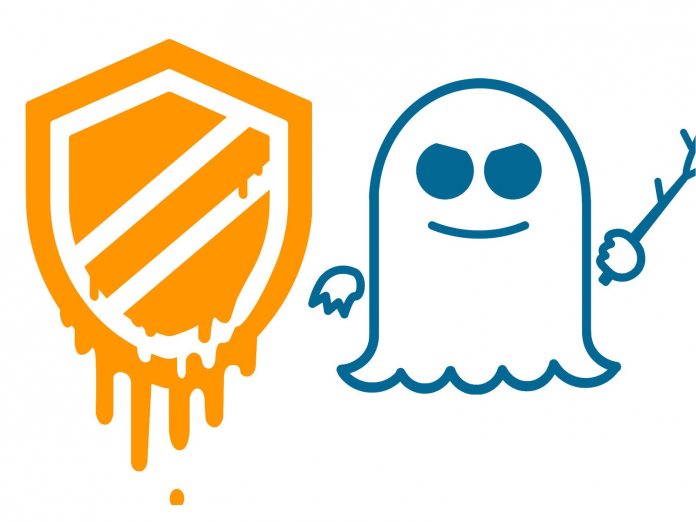Additionally, Microsoft has archived Microsoft code patches for infected Intel chips including Skylake Lake, Kaby Lake, and Coffee Lake chips. The company points out that both the platform (Windows) patch and the CPU (Intel) patches will be needed to shore up against Meltdown and Spectre. Microsoft was among the quickest to act when Meltdown and Spectre was disclosed at the start of the year. Sure, the company knew about the flaw for months, but that’s another argument. The patches until now have focused on protecting Windows 10. That makes sense considering it is Microsoft’s most modern OS. Still, it is nice to see Microsoft has got around to those running Windows 7 and Windows 8.1. Meltdown and Spectre patches are now part of Windows 7 Service Pack 1 and Win 8.1 through the Windows Update portal. However, it should be noted that the patch only supports 32-bit versions of the legacy platforms. This is a problem considering most users probably run 64-bit versions of the operating systems. Microsoft is clearly taking a step-by-step approach to solving the Meltdown and Spectre problem. Perhaps the company is trying to avoid issues Intel has faced.
Different Approach
The chip giant at the heart of the scandal tried to unilaterally patch its chips in one swoop. However, the patch for the Spectre Variant 2 caused booting issues for users. Intel was forced to advise users to avoid the update and has only this month returned with a working patch for Variant 2. Microsoft is being more cautious, ensuring each OS is protected before concentrating on the next. When the company will turn its attention to 64-bit versions of Win 7 and Win 8.1 remains to be seen. We would put an estimate for before the end of this month.




